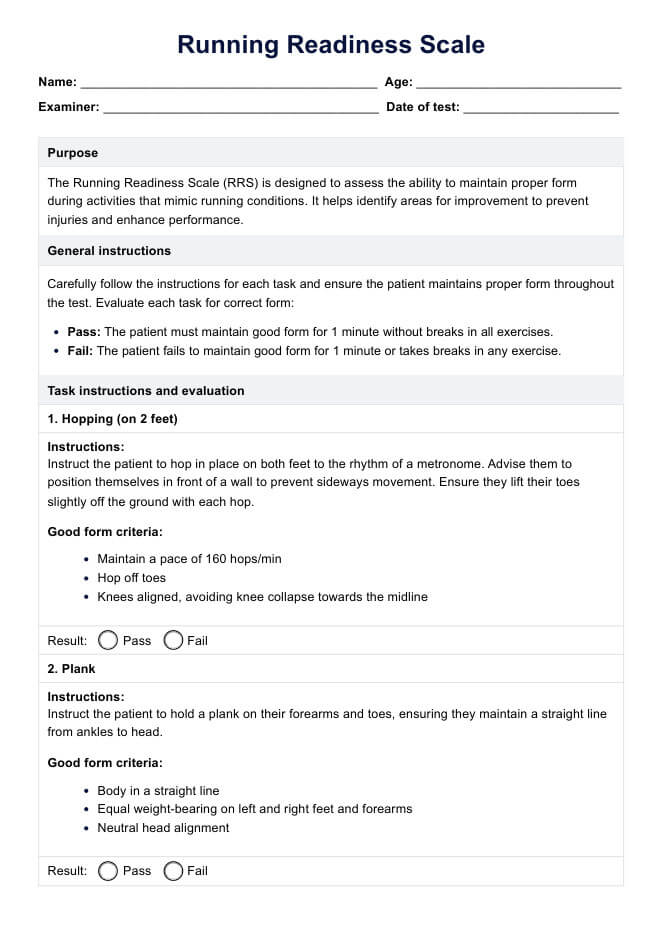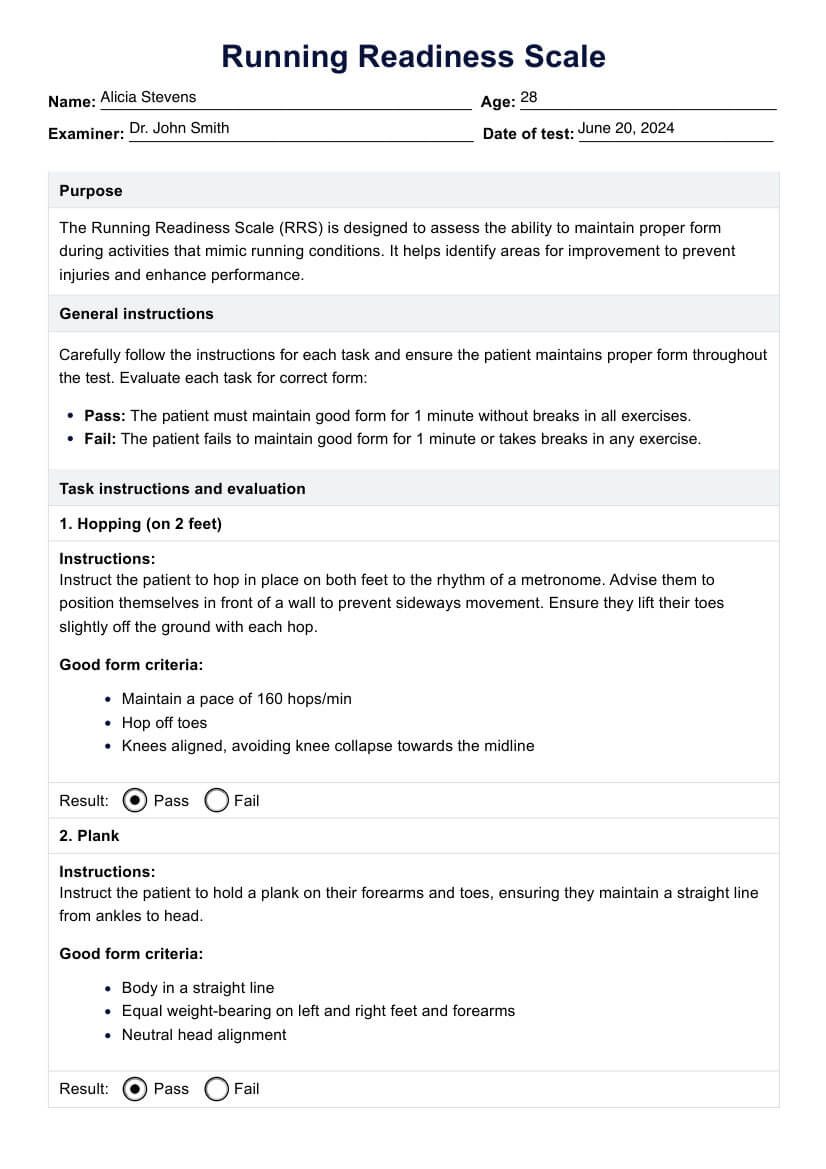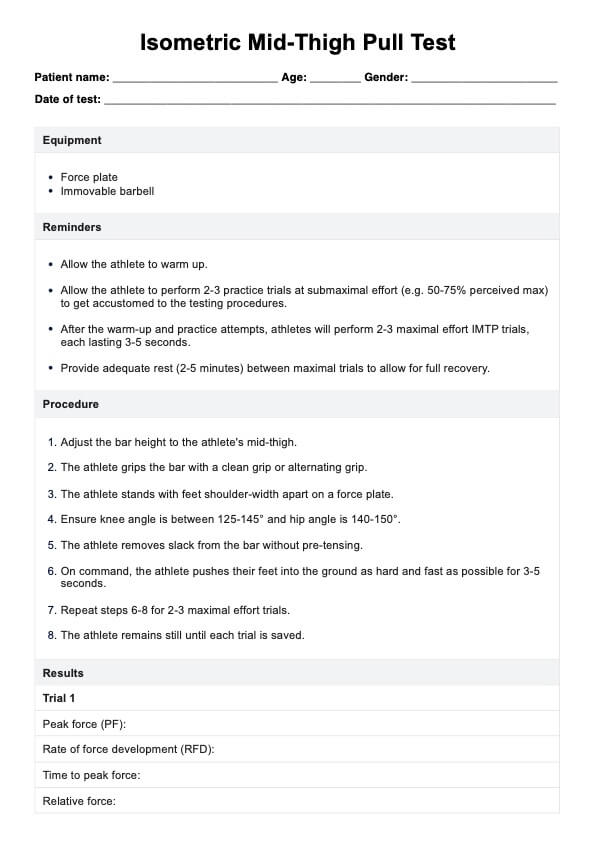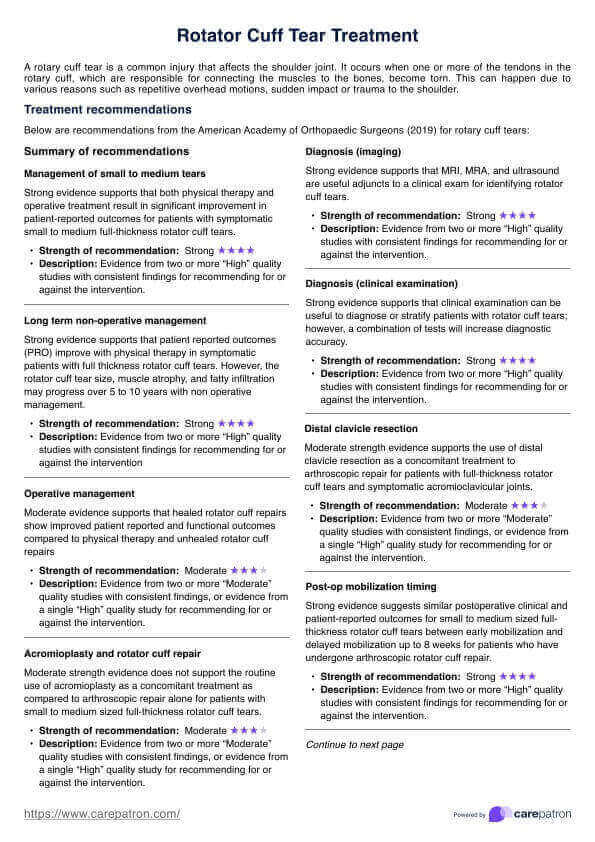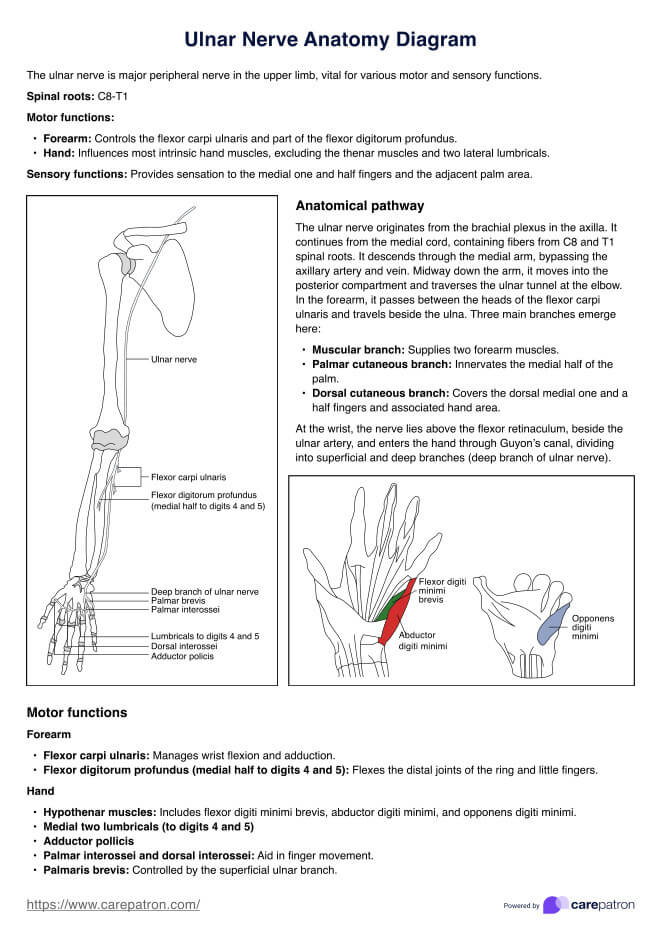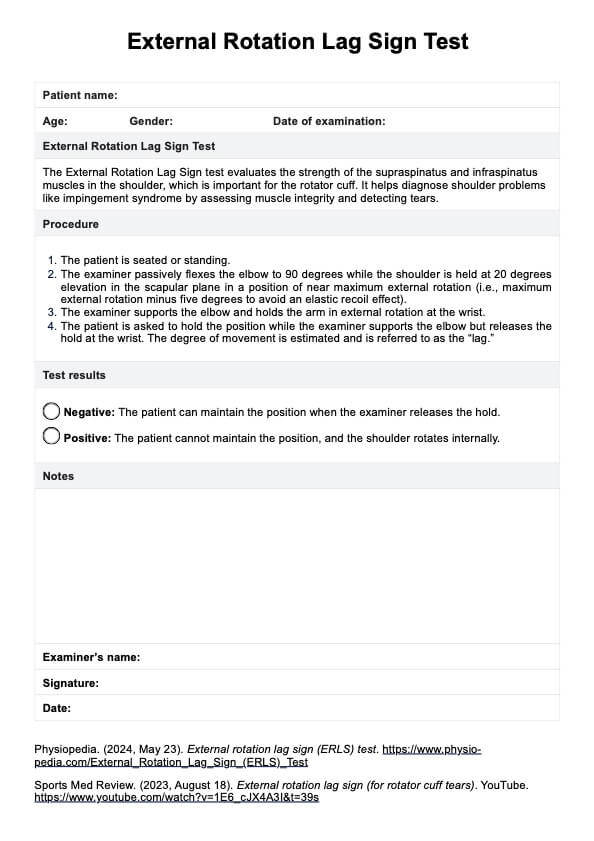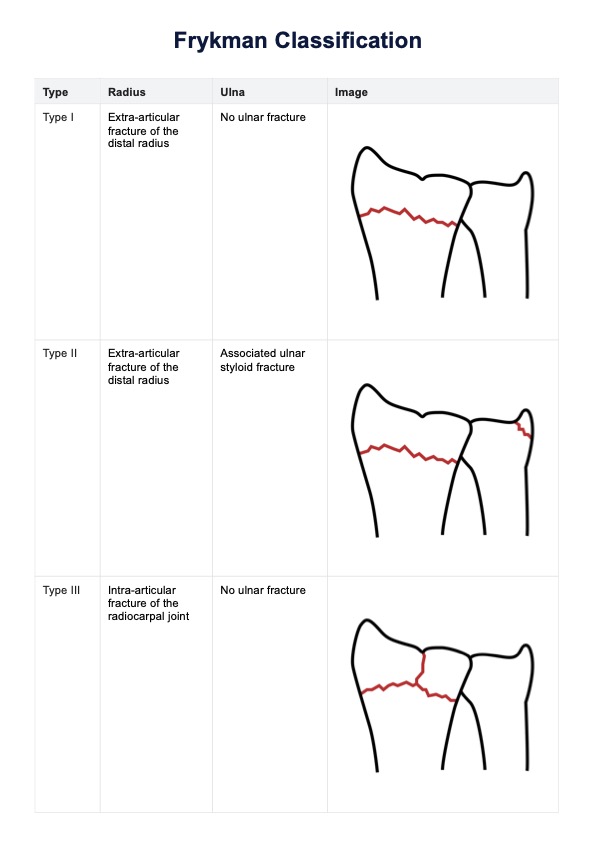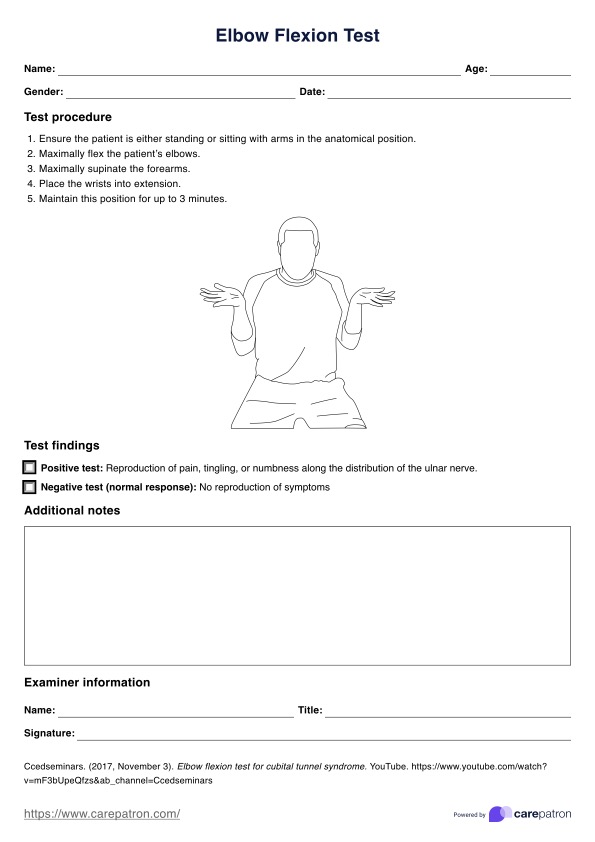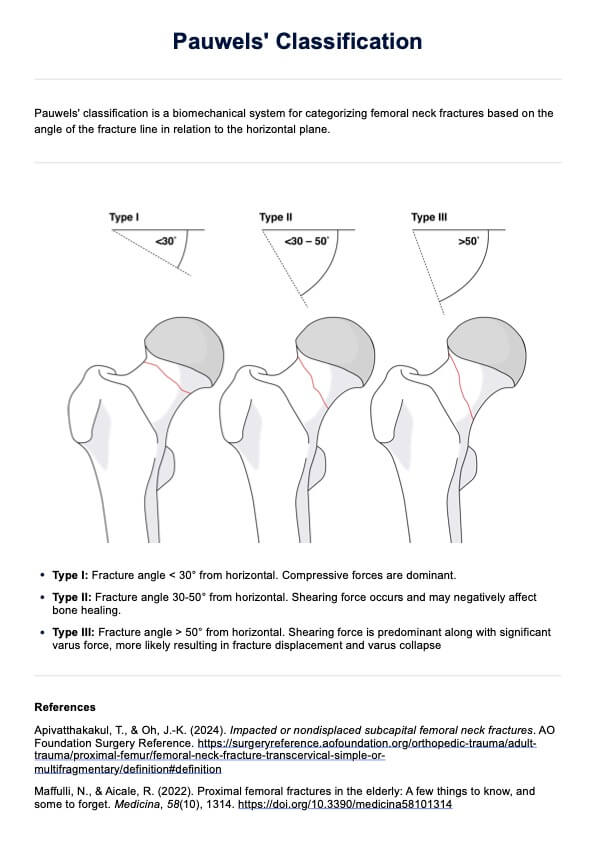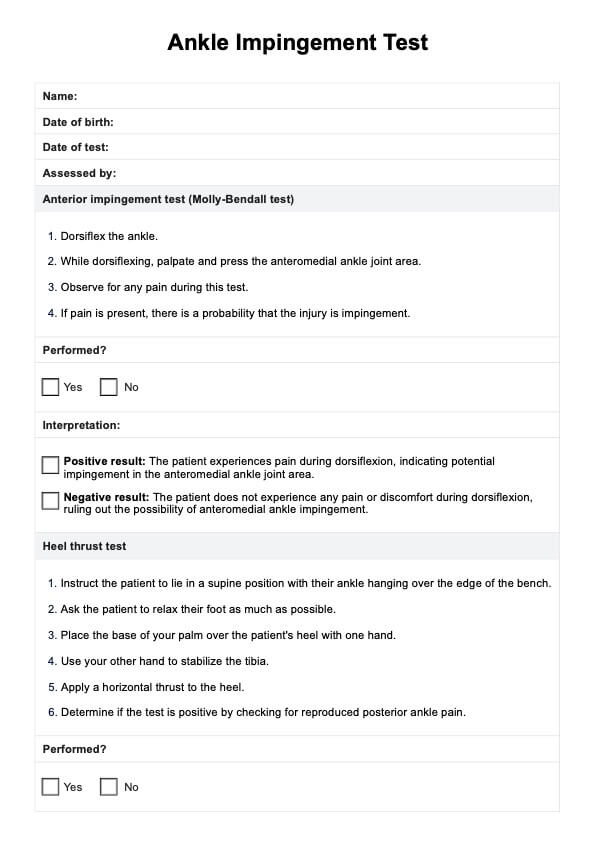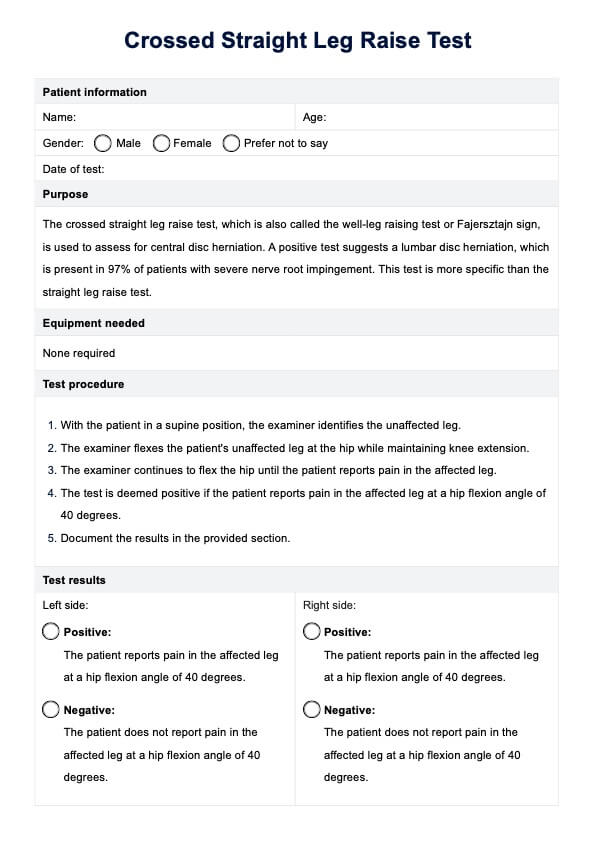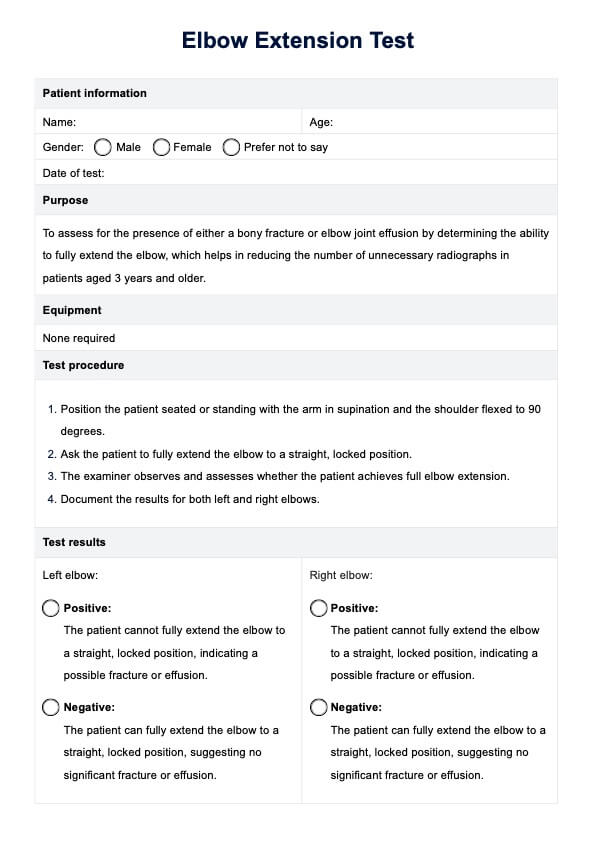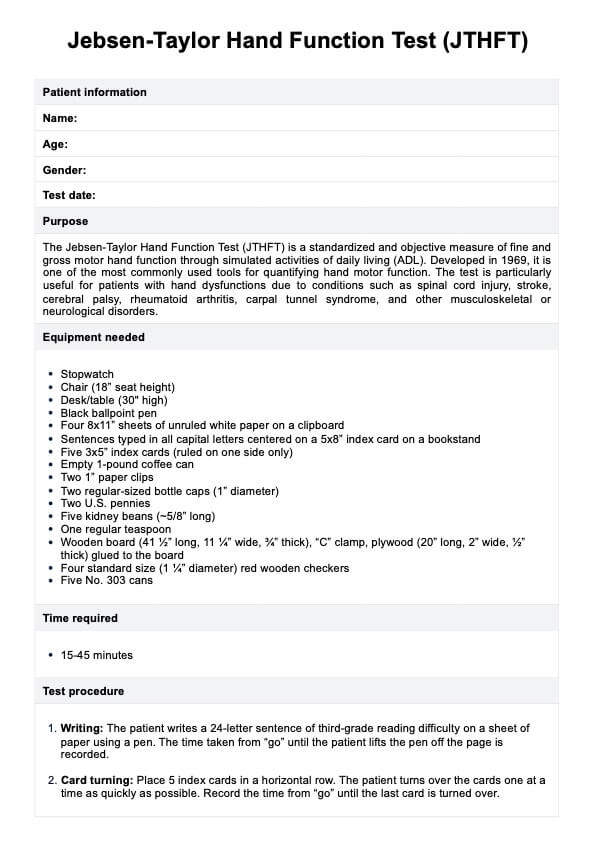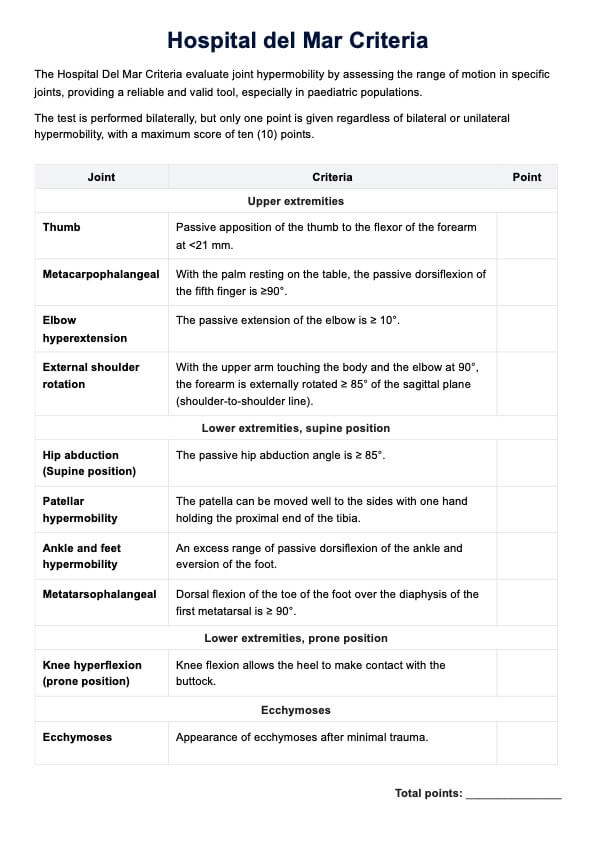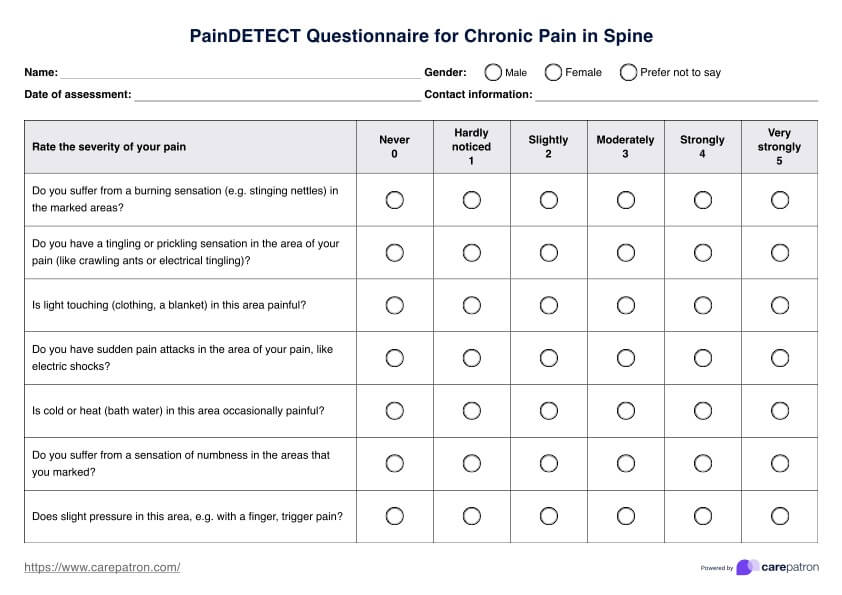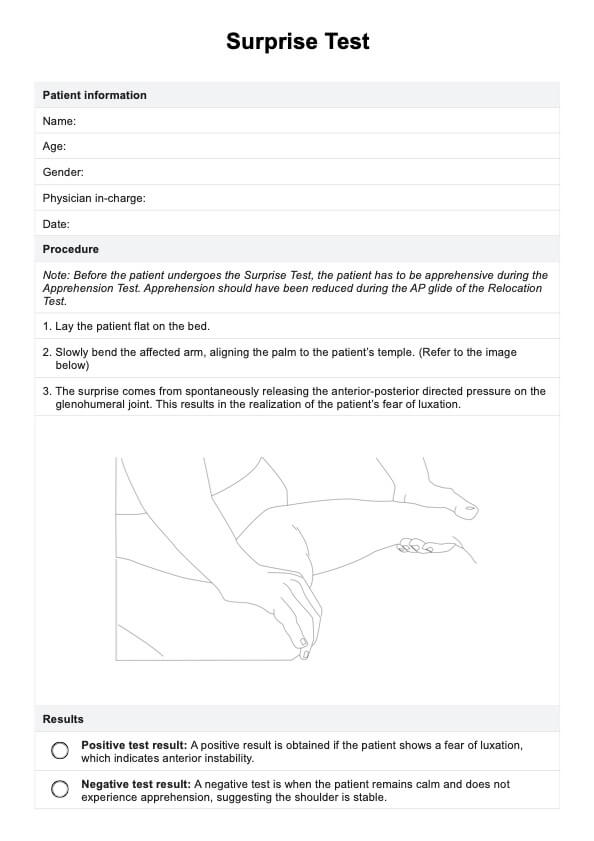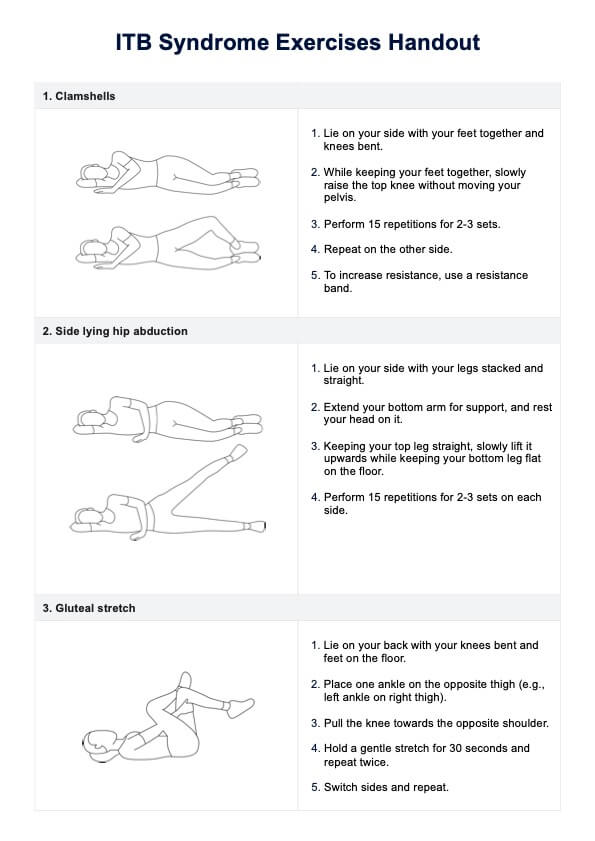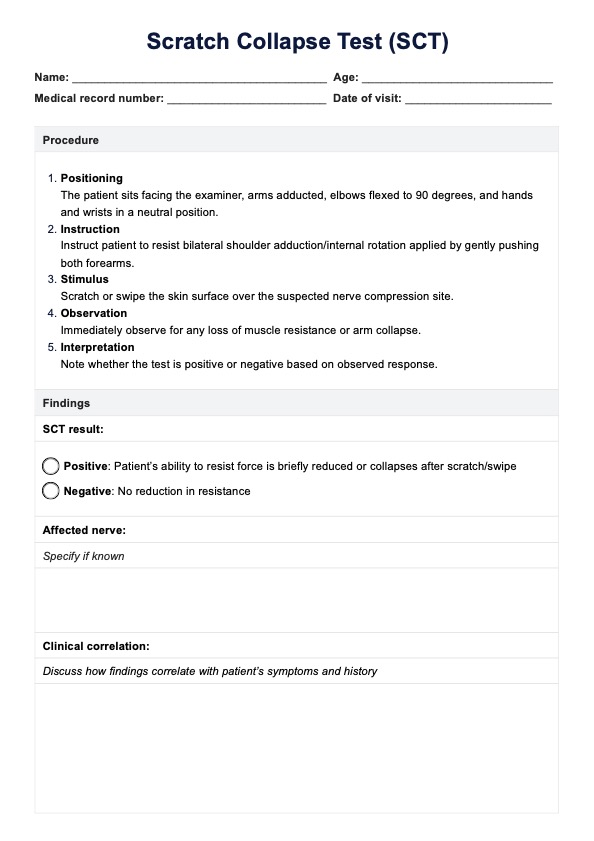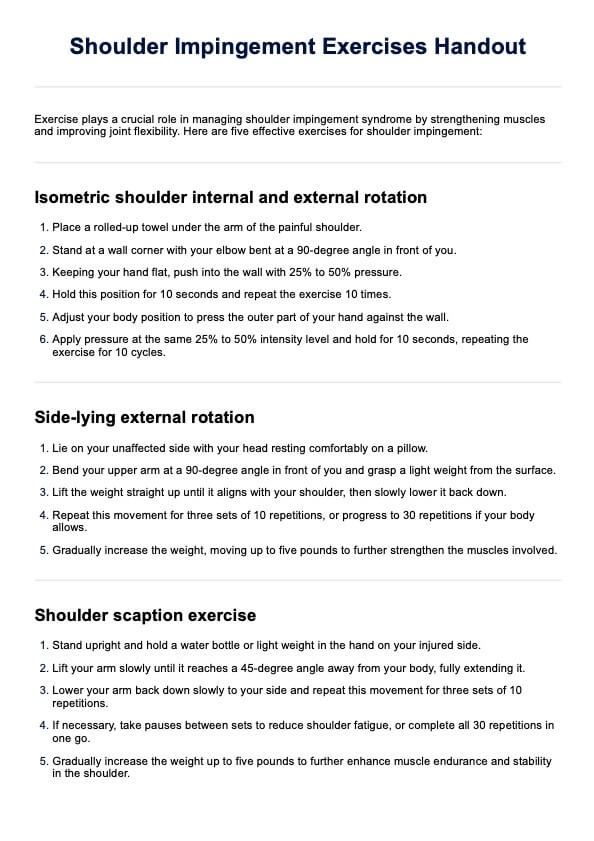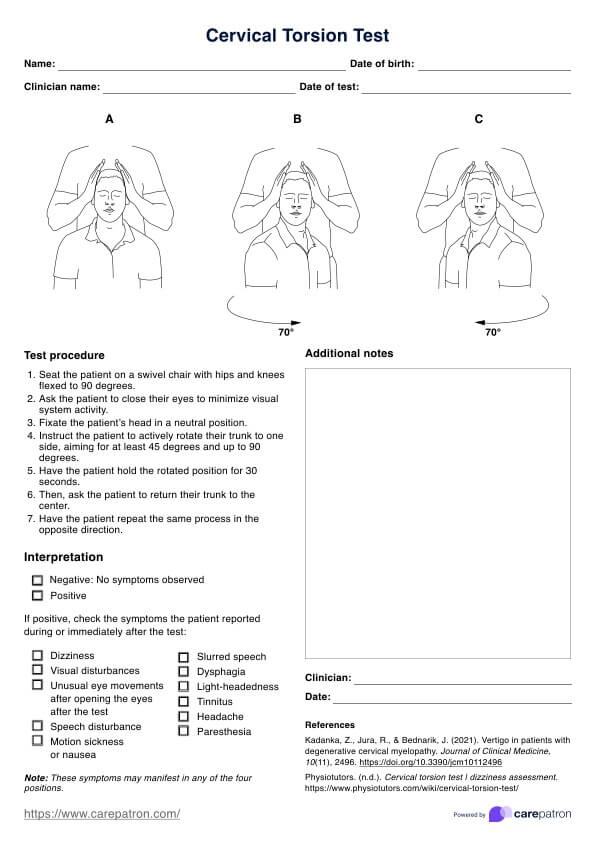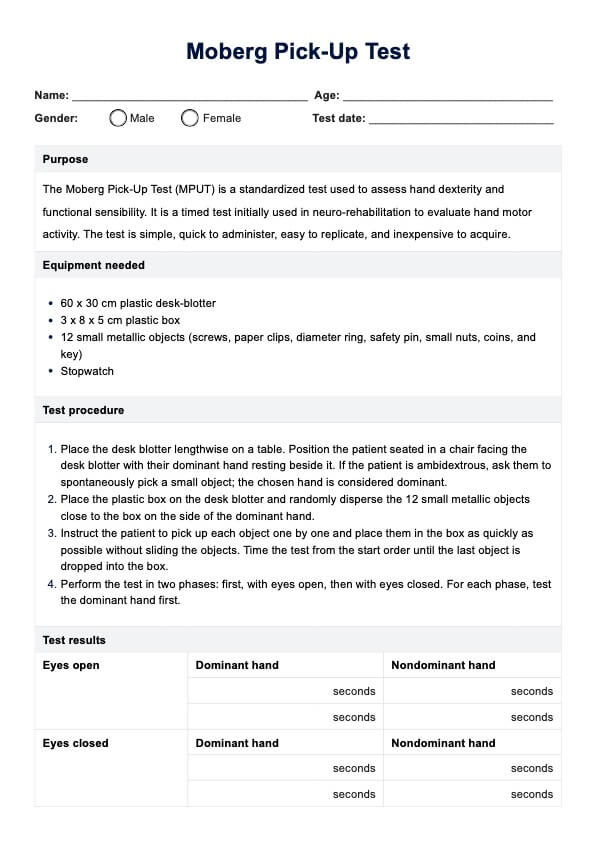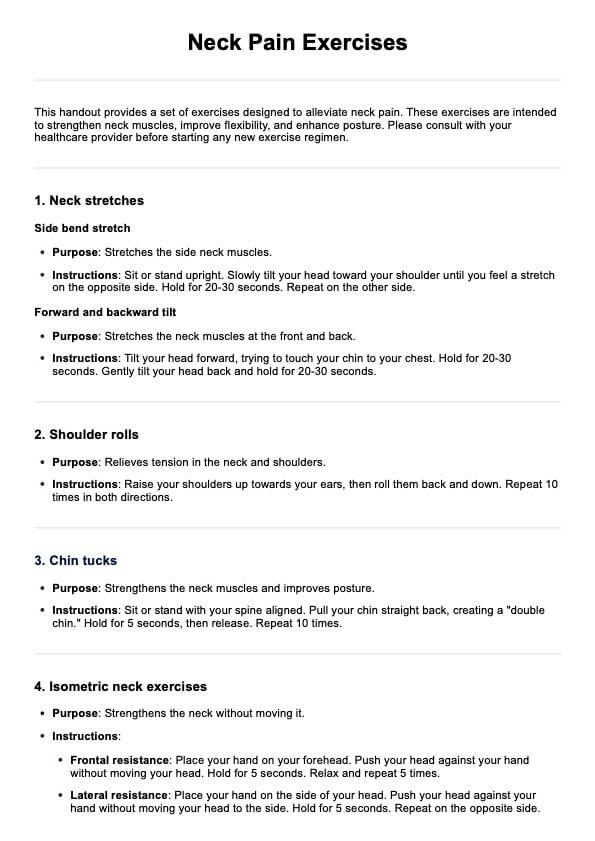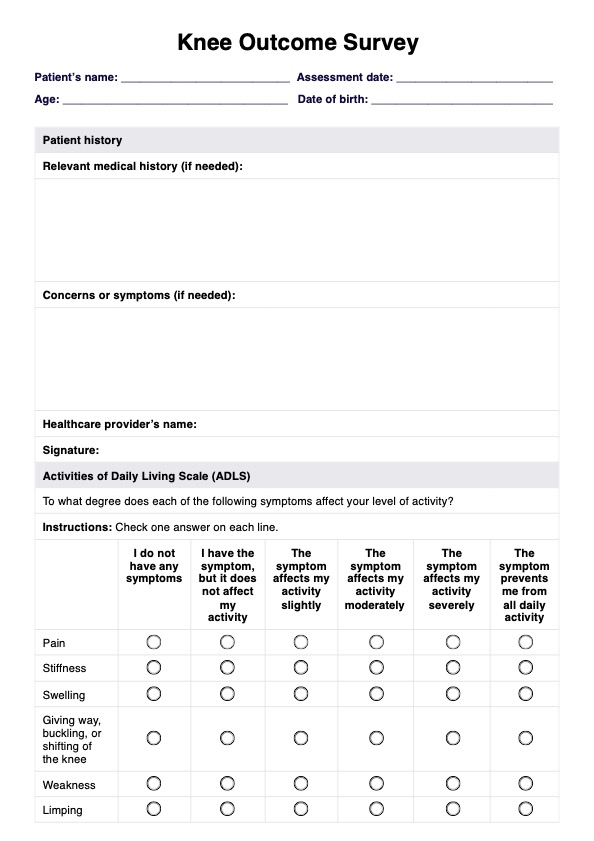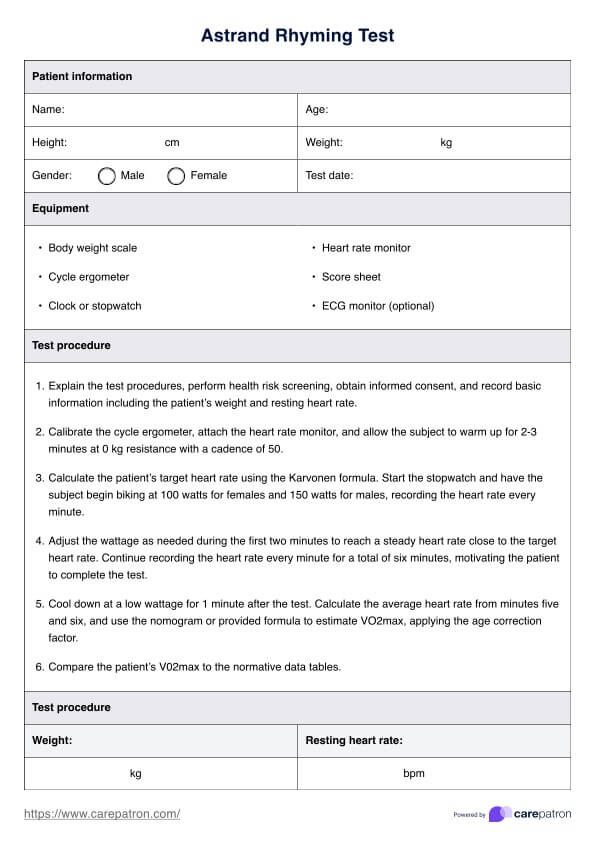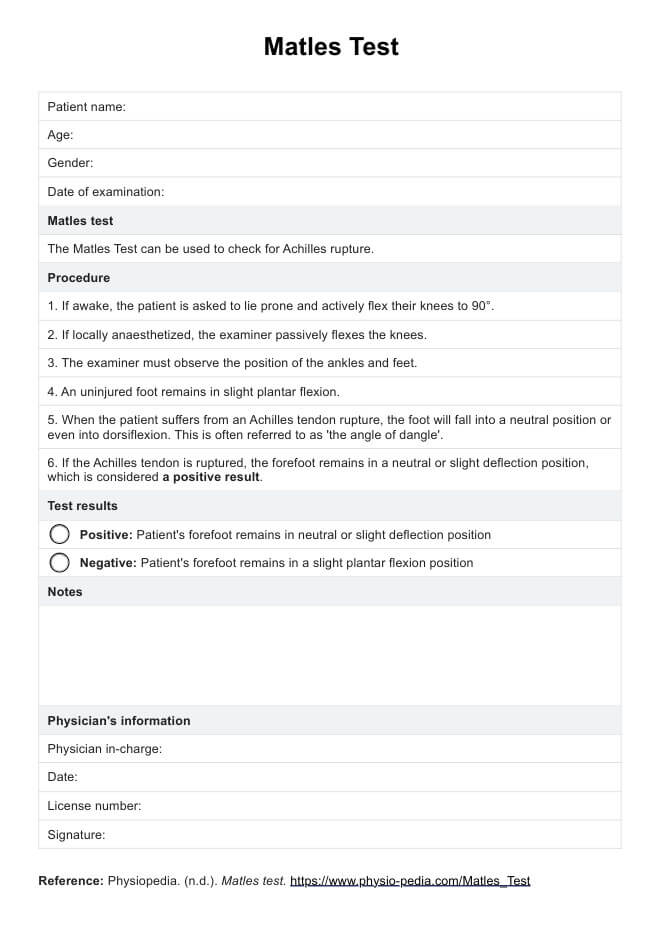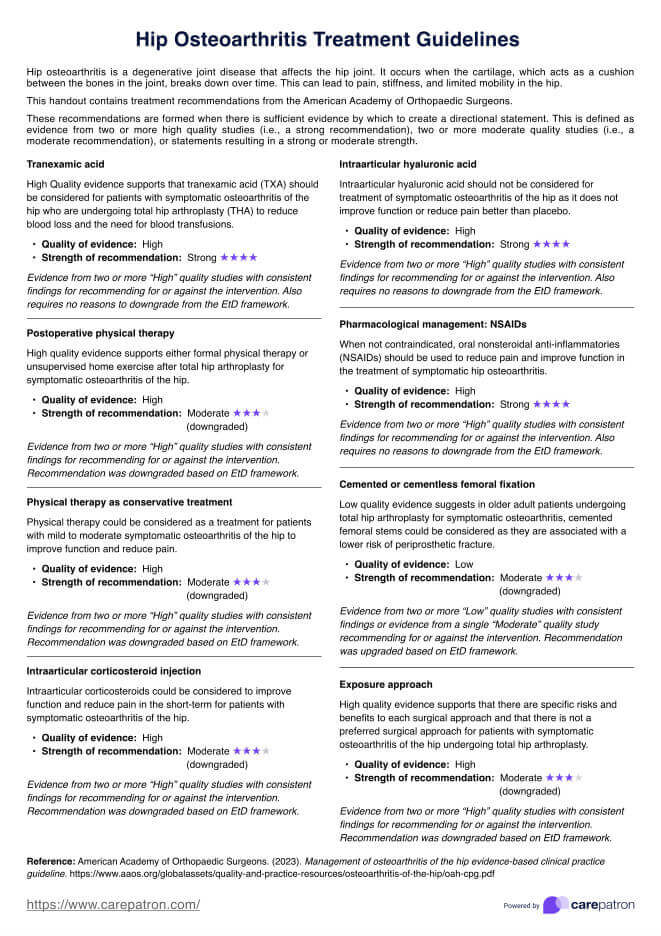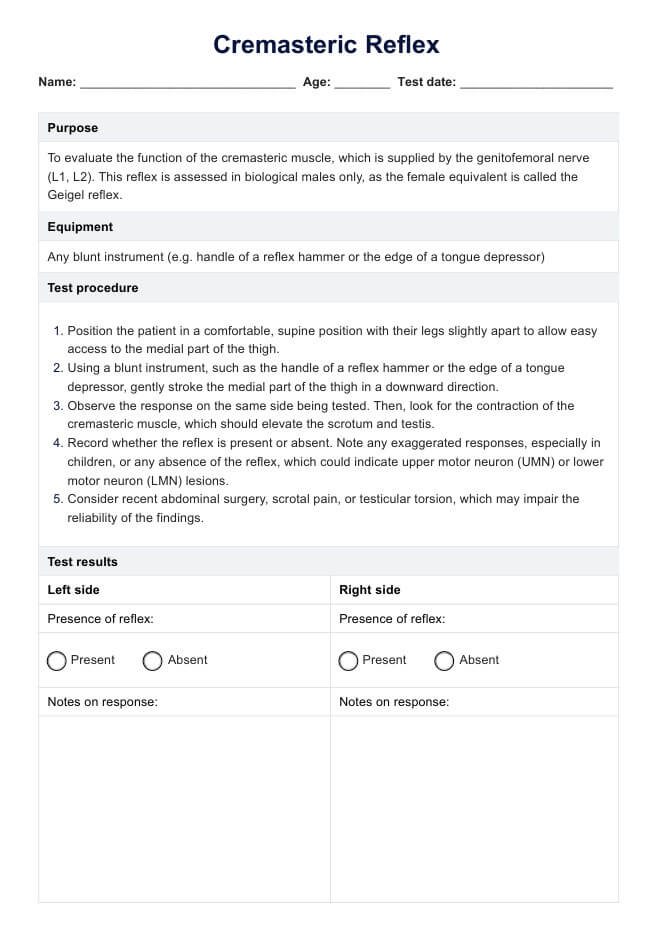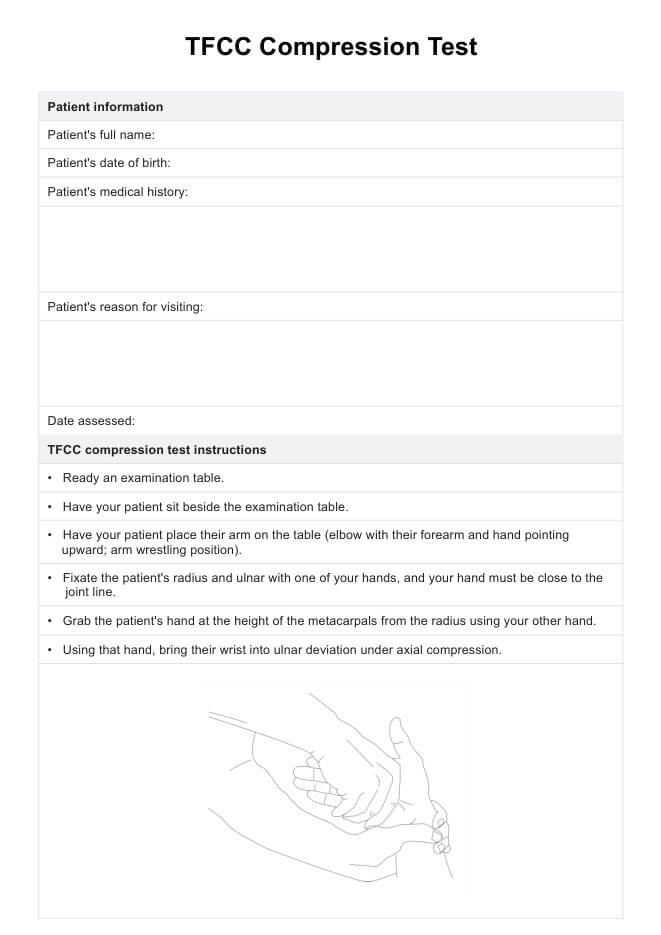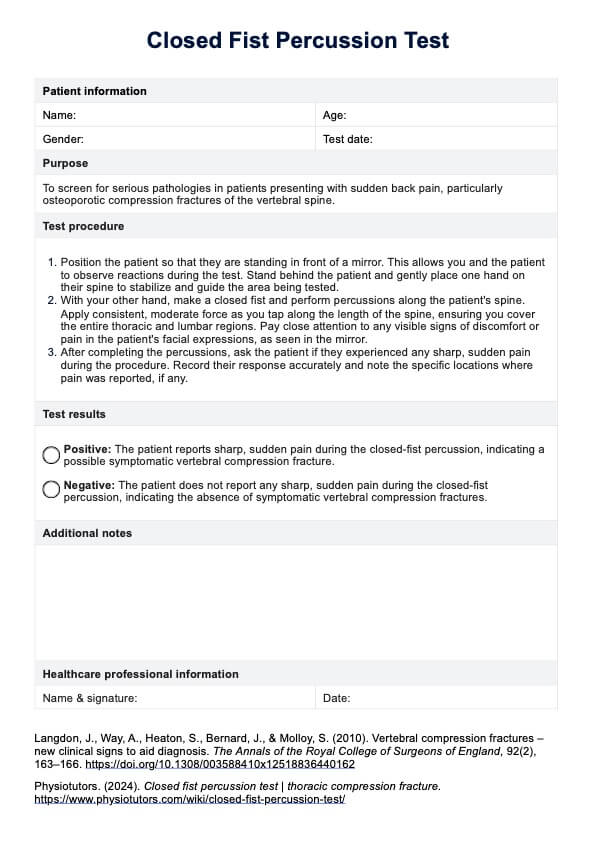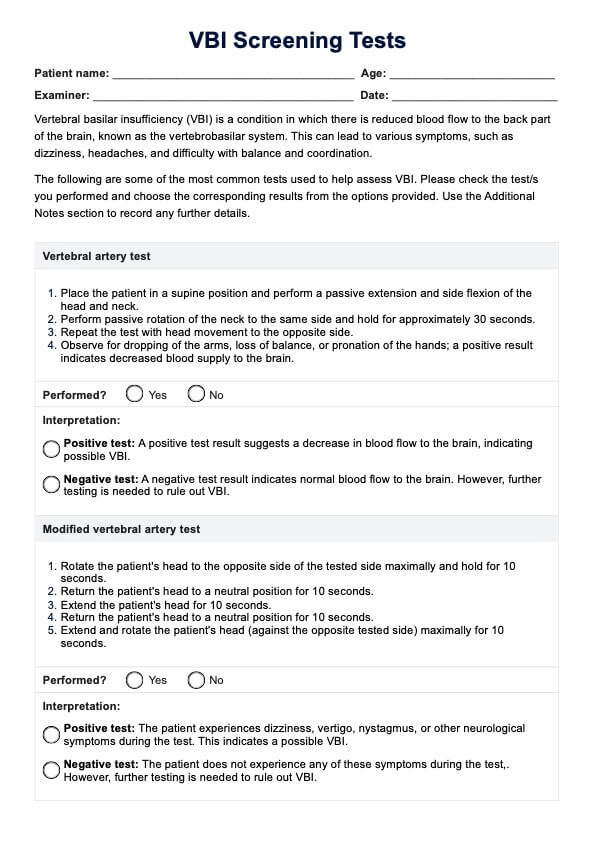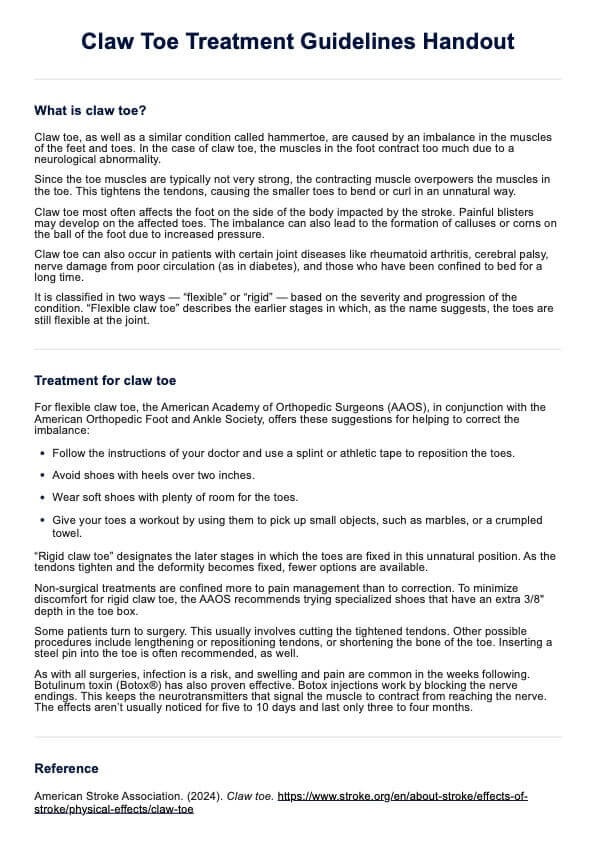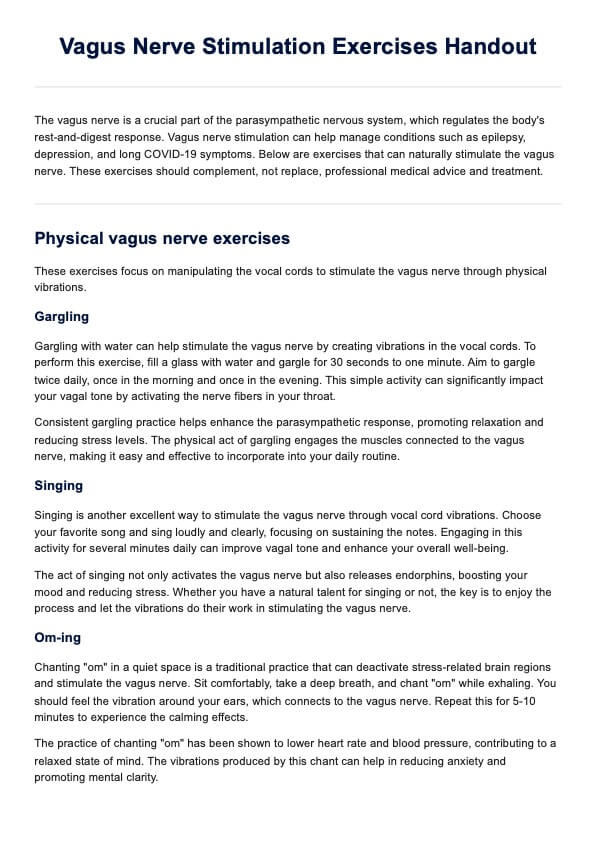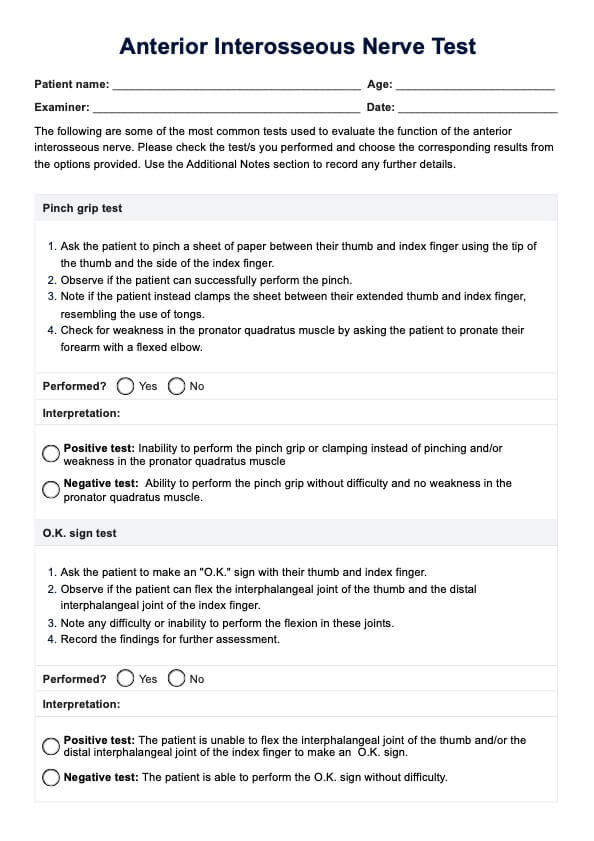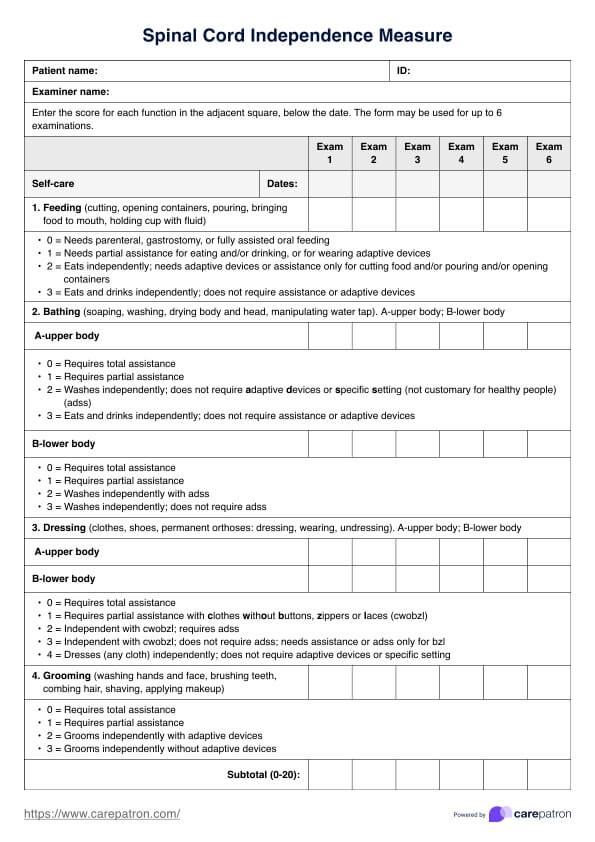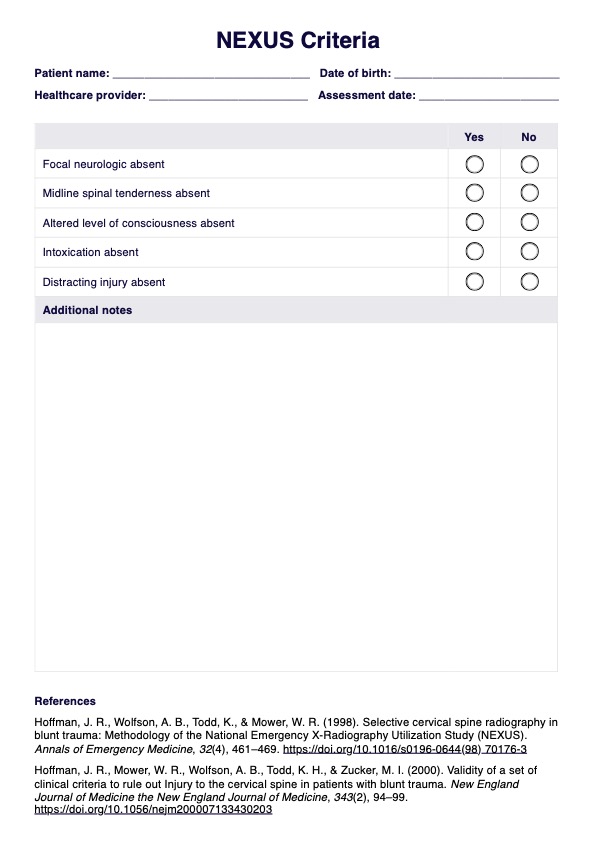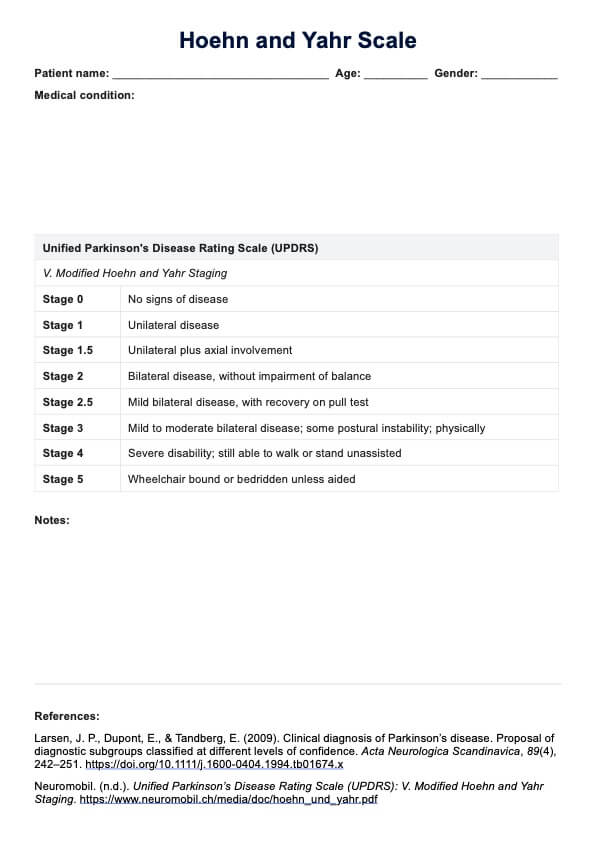Running Readiness Scale
Assess running readiness with our comprehensive Running Readiness Scale template. Perfect for healthcare professionals to evaluate and enhance patient performance.


What is the Running Readiness Scale?
The Running Readiness Scale (RRS) assesses an individual’s preparedness for running activities. It evaluates the ability to maintain proper form during tasks that simulate running conditions, identifying areas needing improvement to prevent injuries and enhance performance. The RRS is particularly useful for athletes recovering from injuries, individuals beginning a new running regimen, or those experiencing running-related issues.
Healthcare professionals use the Running Readiness Scale to assess critical aspects such as strength, stability, and balance. The scale includes hopping, planking, step-ups, single-legged squats, wall sits, and active leg raises; each mimics different running demands. By evaluating performance in these tasks, professionals can determine if a patient is ready to resume running or if additional conditioning is required.
Running Readiness Scale Template
Running Readiness Scale Sample
How does our Running Readiness Scale template work?
The RRS template is designed to assist healthcare professionals in evaluating a patient's ability to maintain proper form during activities that simulate running conditions. This scale is crucial for identifying areas that need improvement to prevent injuries and enhance performance. Here's a step-by-step guide on how to use the Running Readiness Scale template effectively.
Step 1: Download the template
Begin by downloading the Running Readiness Scale template from our website. This template includes all necessary sections for evaluating the patient's readiness for running activities.
Step 2: Complete patient information
Fill out the patient information section at the top of the template. Accurate patient details are essential for tracking progress and tailoring the assessment.
Step 3: Explain the purpose and instructions
Discuss the purpose of the Running Readiness Scale with the patient. Ensure the patient understands the general instructions, including the criteria for passing and failing each task.
Step 4: Perform and evaluate each task
Guide the patient through each task listed in the template. For each task, provide clear instructions and observe the patient's form. Use the provided checkboxes to mark whether the patient passes or fails each task based on the criteria for good form.
Step 5: Interpret results and plan next steps
After completing all tasks, record the overall results. If the patient passes all tasks, they demonstrate adequate readiness for running activities. If the patient fails any task, targeted strength and stability exercises are recommended to address the identified weaknesses before progressing to running activities.
Scoring, interpretation, and next steps
The Running Readiness Scale evaluates a patient's ability to maintain proper form during five specific tasks: hopping, planking, step-ups, single-legged squats, and wall sits. Each task is scored based on whether the patient can maintain good form for one minute without breaks. A pass indicates good form throughout the task, while a fail indicates breaks or loss of form.
If patients pass all tasks, they are deemed ready for running activities. This indicates adequate strength, stability, and balance to perform running without a significant risk of injury. However, if the patient fails any task, it highlights areas for improvement. In such cases, targeted strength and stability exercises should be prescribed to address the weaknesses before progressing to running activities.
The next steps involve creating a tailored exercise program based on the patient's performance. For those who pass, a gradual increase in running intensity and volume is recommended. For those who fail, focused rehabilitation exercises should be undertaken to build the required muscle strength and stability, ensuring the patient achieves readiness for running in future assessments.
How will healthcare professionals benefit from our template?
Our Running Readiness Scale template is designed to provide numerous benefits to healthcare professionals. The RRS template helps assess how trunk kinematics potentially contribute to injury risks. Here are the top three advantages:
Enhanced assessment accuracy
Our Running Readiness Scale template ensures a standardized approach to evaluating running readiness. This accuracy helps healthcare professionals make informed decisions about patient treatment plans.
Efficient documentation
Our template provides a structured format for documenting each task's results, saving time and ensuring comprehensive record-keeping. This efficiency allows professionals to focus more on patient care.
Improved patient outcomes
Healthcare professionals can create targeted rehabilitation programs by identifying specific areas needing improvement. This focus on individualized care leads to better patient outcomes and reduced injury risks.
Commonly asked questions
The Running Readiness Scale assesses an individual’s preparedness for running by evaluating their ability to maintain proper form during specific tasks. It helps identify areas needing improvement to prevent injuries and enhance performance.
The frequency of using the Running Readiness Scale depends on the patient’s progress and recovery needs. It can be used periodically to monitor improvements and adjust rehabilitation programs accordingly.
The Running Readiness Scale can benefit athletes recovering from injuries, individuals starting a new running regimen, or those experiencing running-related injury issues. It provides valuable insights into running readiness scale tasks,and helps tailor training programs to individual needs.


